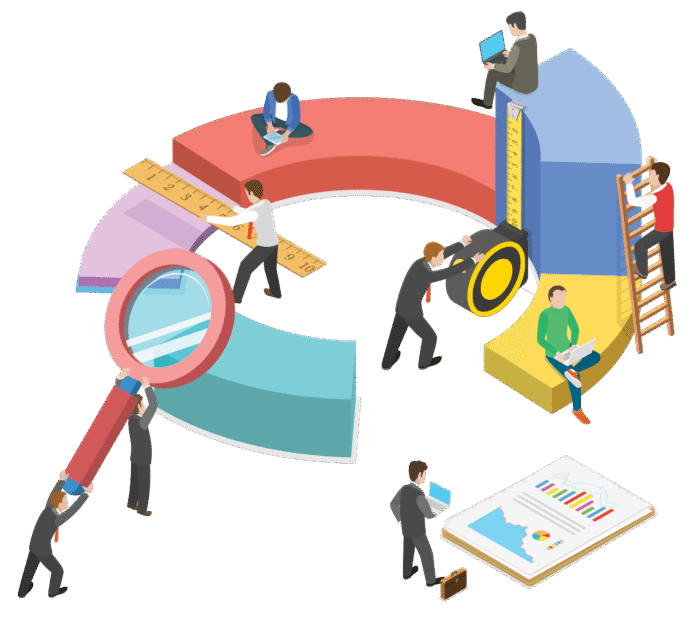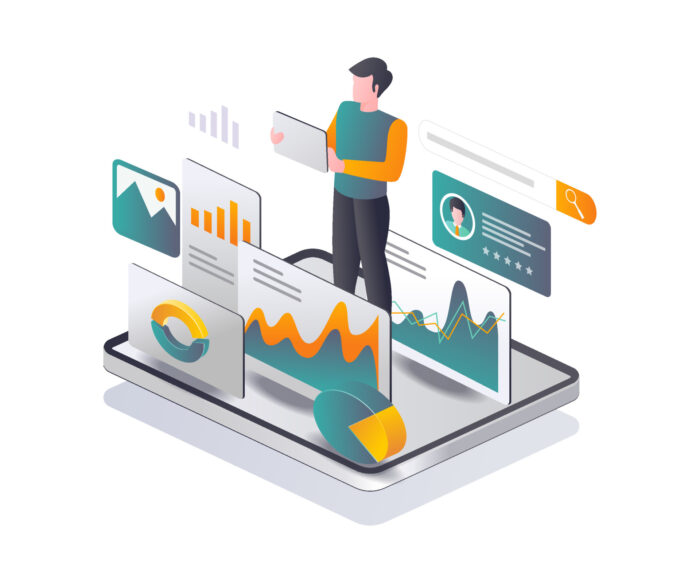With digitalization taking effect in all industries, businesses are overwhelmed with data from different sources, be it marketing campaigns, sales transactions, or customer interactions. But, data collection is just a first step. Harnessing the power of the collected data is the real struggle.
With a well-executed data-driven strategy, you can succeed in hosting competitive online events like the sneaker raffles. But which data-driven strategy should you use? Let’s get started!

The Power of Data-Driven Strategy for Online Events
Data is always your best friend. With your raw data, you can plan strategically, make informed business decisions, and create remarkable event strategies. You get to know exactly what your customers want and their expectations, then deliver it in style. Advanced analytics tools and techniques exist that can help you dig deeper into your online event data. Below, we explain some of them.
1. Engagement Strategies
If you want to win competitive events, don’t make assumptions! Instead, communicate with your audience. Before or during registration, engage with the audience about their preferred communication. For instance, older people may prefer email communication, while younger ones prefer receiving text messages.
You can also consider using advanced analytics to measure engagement through event apps, surveys, feedback forms, and social media interactions. With this data, you can customize their preferences to meet their demands, thus giving you better results.
2. Refine Your Objectives
When you use data analytics to drive your online event decision, you’ll have enough time to focus on what matters. The objectives that you should focus on are your event objectives and attendee experience. With these objectives at the forefront, you will easily succeed at any competitive online event.
For instance, when creating your list of raffles for shoes, you will be able to compare prices and monitor your competitors from the data collected. When reviewing results with your attendees, you will have data to support your decision.
3. Track and Manage Event Metrics
With so much data available, you can measure the success of your event from all points. By refining your objectives, you can compare your results to what you expected. This way, it will be easy to account for the choices you make and give you tools to improve the experience.

4. Collect Data on Attendees Preference
Using effective data collection strategies, such as active and passive data collection, during your event will give you enough insights on how to better accommodate your attendees. The active approach refers to the information you gather directly. This includes post-event surveys, registration forms, and polls. You can rely on this method to gather engagement metrics, feedback, and demographics.
Conversely, with passive, data collection is automatic without attendees providing any feedback. This information can be collected using tracking tools or sensors and interpreted using AI. You can combine both active and passive data collection strategies for a more effective outcome. For example, you could use a passive strategy for registration and ticketing and then an active approach for survey, feedback, and tracking engagement.
With this strategy, you can see which offerings have more engagement. This way, you can decide whether or not to rebook speakers, choose topics that interest the audience, and analyze whether the venue is ideal for your event.
5. Promote Your Next Event
Another secret for succeeding at hosting a competitive online event is creating an effective marketing strategy for your next one. There is a saying, “We learn from our past mistakes,” that can light up your spirit. Take time to look at what did or didn’t work in your previous event.
From the collected data, check on user engagement, the responses you got from your social media posts, and how many people signed up via email through your newsletter.
You can implement things like A/B testing. Though it is commonly used for digital marketing, it is also a game changer for events. You can determine what resonates with your audience and then optimize your next event according to it. Also, you can segment your data based on certain criteria, like age, job roles, interest, and purchase behavior.
With segmentation, you can create personalized experiences like sending a targeted follow-up email, event recap, or highlighting activities that your audience engaged with positively. This information gives you a better marketing strategy as you know which buttons to hit.
Conclusion
Data collection is an ongoing process. You should learn from each event you host and apply lessons to the next one. Keep evolving your approaches with the insights you gather. With data-driven strategies, your past successes and mistakes will help you determine the outcome of your next event.
